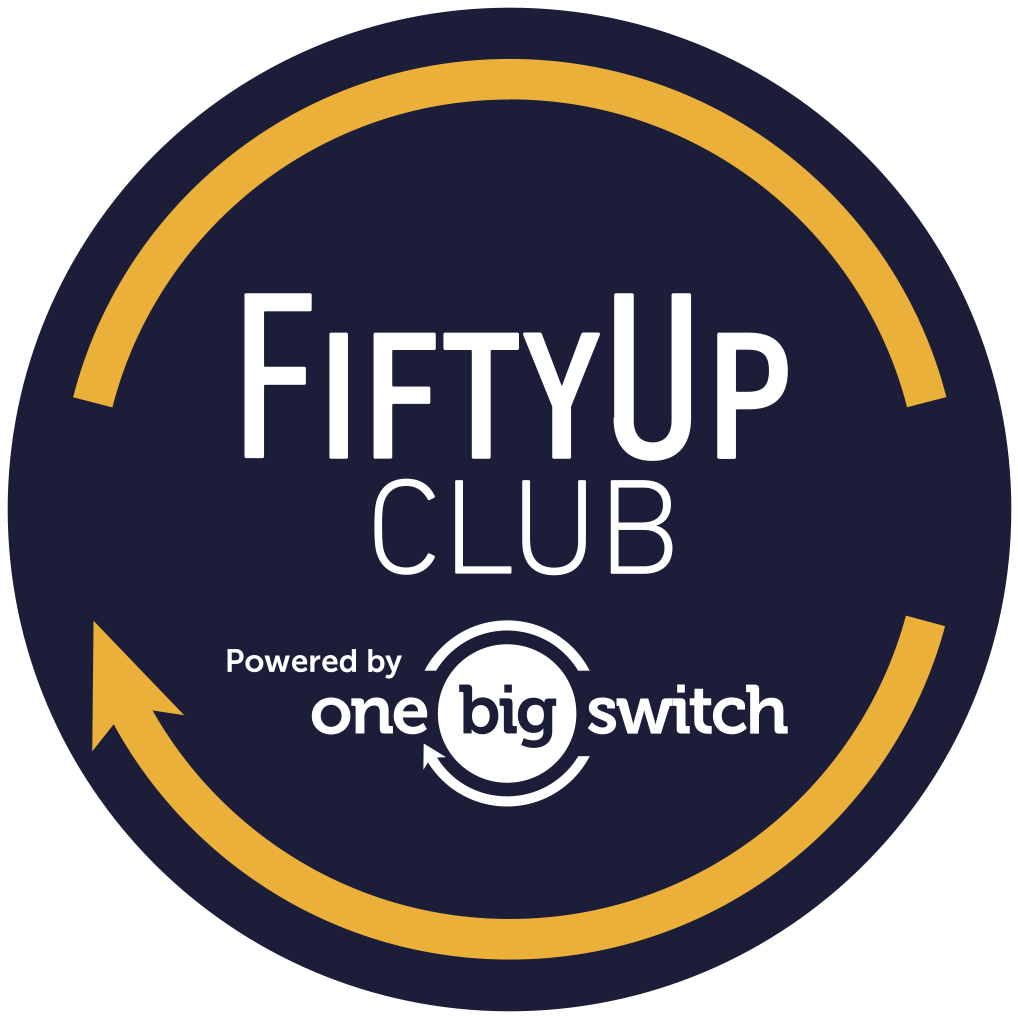
Some hard facts about our soft underbellies
I returned from a recent holiday with a newspaper cutting headlined “ Health Special. The midlife anti-ageing bible.”
Perhaps like the actual Bible I have hesitated to read it on the grounds there’d be too much hard work with the edicts.
Fortunately the advice is generally both obvious, not too daunting and is accessible from many other reliable sources- in short, watch what you eat, move more and relax better
We’ve talked a lot about health insurance of late and given doctors know prevention is better than cure it’s timely to look at our health.
In that cutting The Times, medical correspondent Dr Mark Porter urges us in midlife, and yes 50 is the new 40, to think holistically when it comes to both eating and exercise.
“There is little point in having the complexion of a thirtysomething if you have the heart of a 70-year-old…. Nothing makes you appear younger than being happy and healthy,” he writes.
But how do we generally feel as a people? According to a recent report from the Australian Institute of Health and Welfare 85 out of 100 of us claim to be ‘healthy’.
Their 2016 report says 59% rate their health as excellent or very good and 29% as good.
Perhaps we are optimists as Australians, not a bad thing in itself, as 50% have at least one chronic disease (such as arthritis), 19% a disability and 20% a mental health disorder in the past year.
Age-wise the analysis shows in health spending, which amounted to $155 billion in 2013-14, the largest increase for those admitted to hospital, was for those aged 50 and above.
The stats show this was for more being spent per person in this age group as well as the increasing number of people in the cohort cluttering up the wards.
While it’s not clear what the spending was actually on in terms of treatments, it took place in more than 1,300 hospitals private and public and at the hands of 385,000 nurses, midwives and medical practitioners.
The other interesting age perspective is the table below which reveals the changes to our wellbeing and bad habits through timeframes many of us can recall.
Since just 1970, life expectancy for all males has grown by 12 years to over 80 years old. For women the increase is just ten years but they do live longer.
The infant mortality rate has dramatically plunged and while the fall in the fertility rate from 2.9 children per woman in 1970 to 1.8 now might not look as dramatic, it’s implications for the ageing population certainly are.
Drinking and smoking in particular are down and health spending is way higher as are waistlines with 63% now rated as obese or overweight.
But in essence the trend is in the right direction and if you have the faith to follow the ‘anti-ageing’ belief systems your health might head the same way too.


